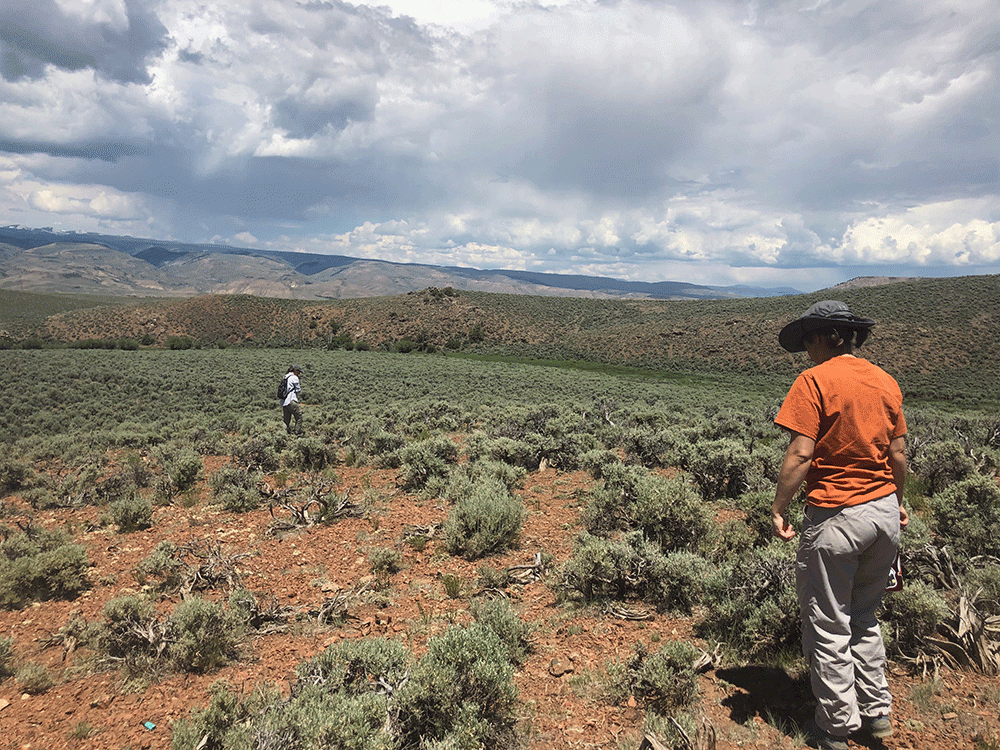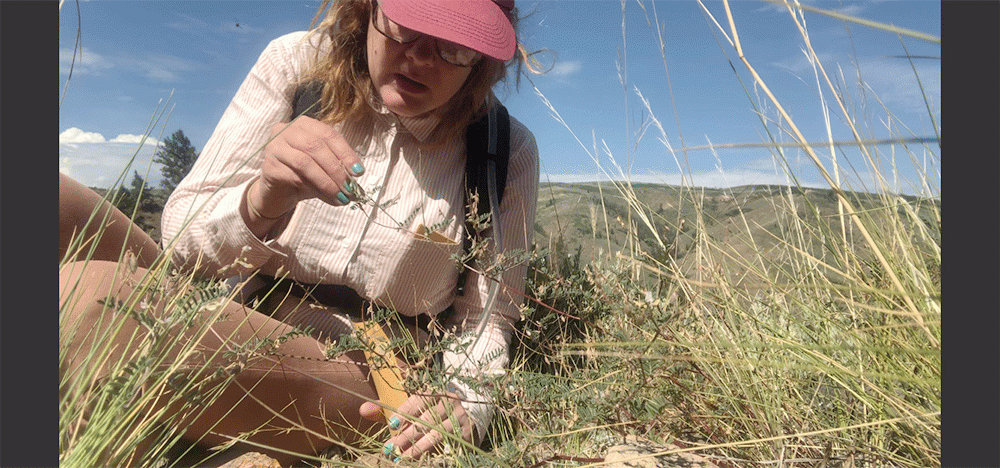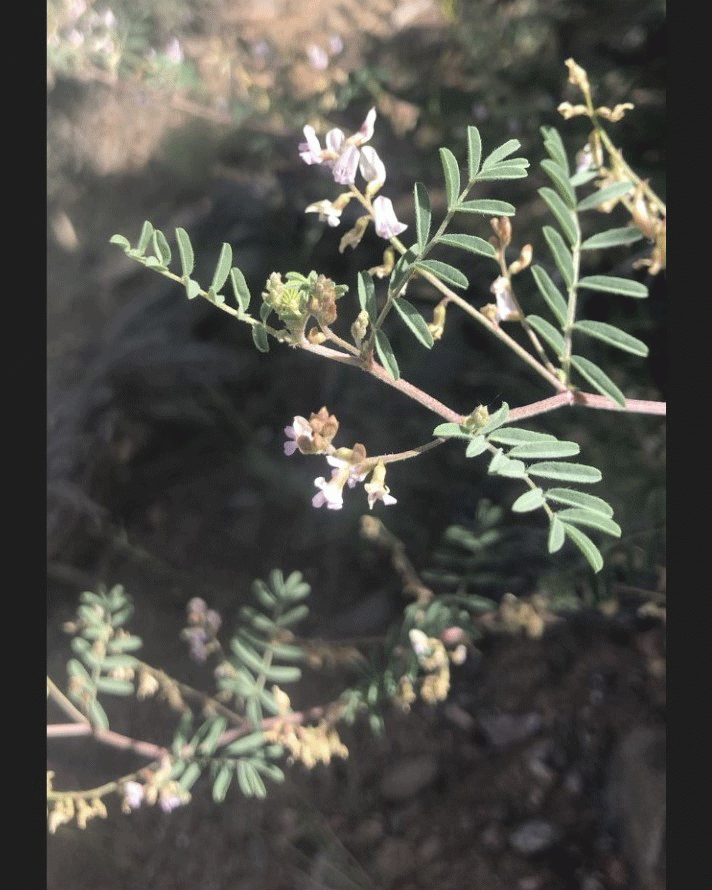Demographic Monitoring of Astragalus microcymbus
This summer Gardens staff along with help from our amazing volunteers—or rare plant monitoring stewards—collected demographic monitoring data for Astragalus microcymbus, or skiff milkvetch. It is federally listed as threatened as it only occurs in Gunnison County, and there are currently around 30 populations.
In partnership with the Bureau of Land Management, the monitoring efforts began in 1995, and have been led by Research Scientist Michelle DePrenger-Levin. Her work seeks to answer questions about life history trends of the species to inform management tactics that could aid in species survival.
Demographic monitoring studies are used to answer questions on the biology of the species, such as life-history and future population viability. Individual plants are tagged and changes in their growth rates (measuring the longest stem), flowering and fruit sets are noted each year. Our monitoring efforts have shown that it has a “boom or bust” strategy for seed production, booming in wetter years. This year’s cooler temperatures and increased precipitation were good news for our populations as we saw a tremendous increase of fruit production and seedling recruitment!
In addition to collecting monitoring data, our team was able to collect seeds from three populations for our seed bank, as well as collect leaf tissue from an additional population previously not visited by Denver Botanic Gardens. Banking seed for this species can be difficult because some years seed set is so low and it is rare—only 10 percent of viable seed is collected so as to have a minimal impact on the reproductive success. The leaf tissue will be used in our Conservation Genetics Program for an upcoming population genetic analysis of the plant. With the goal of further identifying best long-term management strategies, the study will determine genetic diversity and population structure of the species.
This blog post was written by Emily Orr, M.S. student at University of Colorado Denver.
Gallery



Add new comment